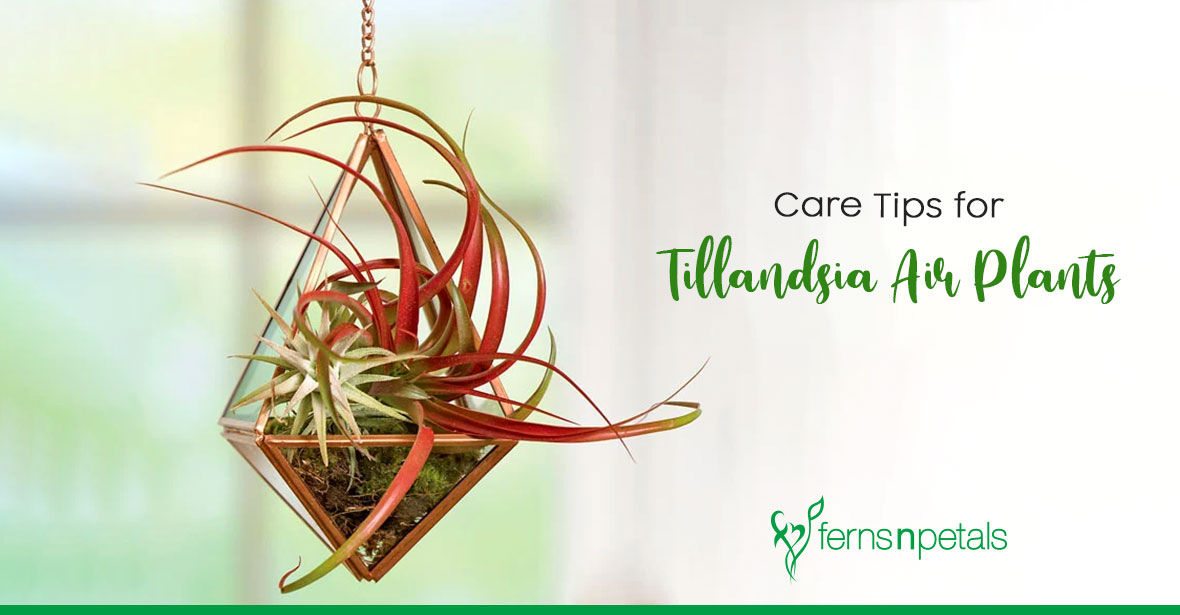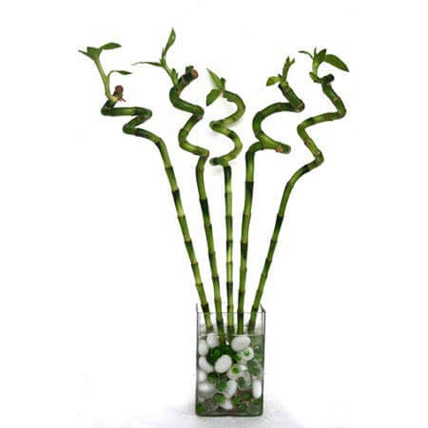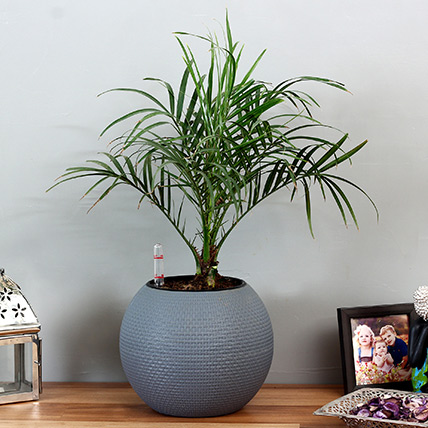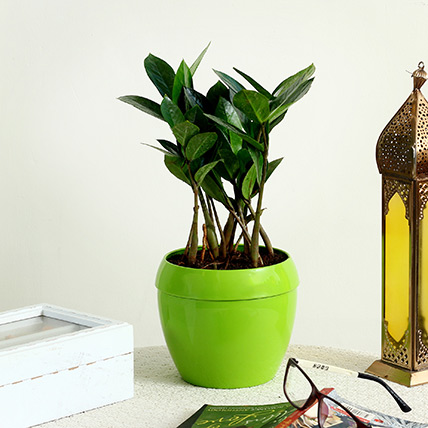Guide to Taking Care of Tillandsia Air Plants
- Author: Anushka Published: 06th January, 2022
Commonly known as Air Ferns, Tillys and Air plants, Tillandsia is a species of evergreen perennial flowering plants that are capable of surviving and thriving anywhere from forests to deserts and even swamplands. Moreover, the competitive advantage of Tillandsia plants is that they are special and connect themselves to other trees via their roots. We are certain these statements would have made you think of this plant on a lighter note but they still do need a little attention. Here's your guide and tips to keep Air Plants alive.

Air Plants Light Requirement
We all know that sunlight is the most important factor for all the houseplants for photosynthesis, and air plants are no exception. Keep your Tillandsia in a place that receives indirect sunlight. Too much direct sunlight can be harmful to them, even if they are put indoors. The best place to put air plants in the home is in a bathroom or close to a window setting. You may also keep them close to the artificial light.
Air Plants Water Requirement
The best part about Air plants is they can hold the water they receive for a few days. Like other plants, the Air plant doesn’t have roots. You can see only short ones to help it stick onto the surface it’s put on. When indoors, water them once a week. Just keep an eye on whether the soil has dried out or not, to keep track of the refill. To water, place your air plants in a bowl, sink or container and let them soak in for ~30 minutes. Gently shake to remove the excess water off the plants’ base. Next, turn them upside down on a towel and let them drain. Once they are dry, return them to their planter. You can even mist them once in a while to keep them healthy and looking fresh. Take care that the bloom or flower doesn't get immersed in water to save the flower from rotting.
Air Plants Temperature Requirement
They thrive in warm weather. Protect your air plants from temperatures below 45 degrees; the exceeding temperature could kill them. If you reside in a place with a drier environment, mist or water them more frequently, whereas, if you reside in a place that receives enough humidity, you need not water them much.









